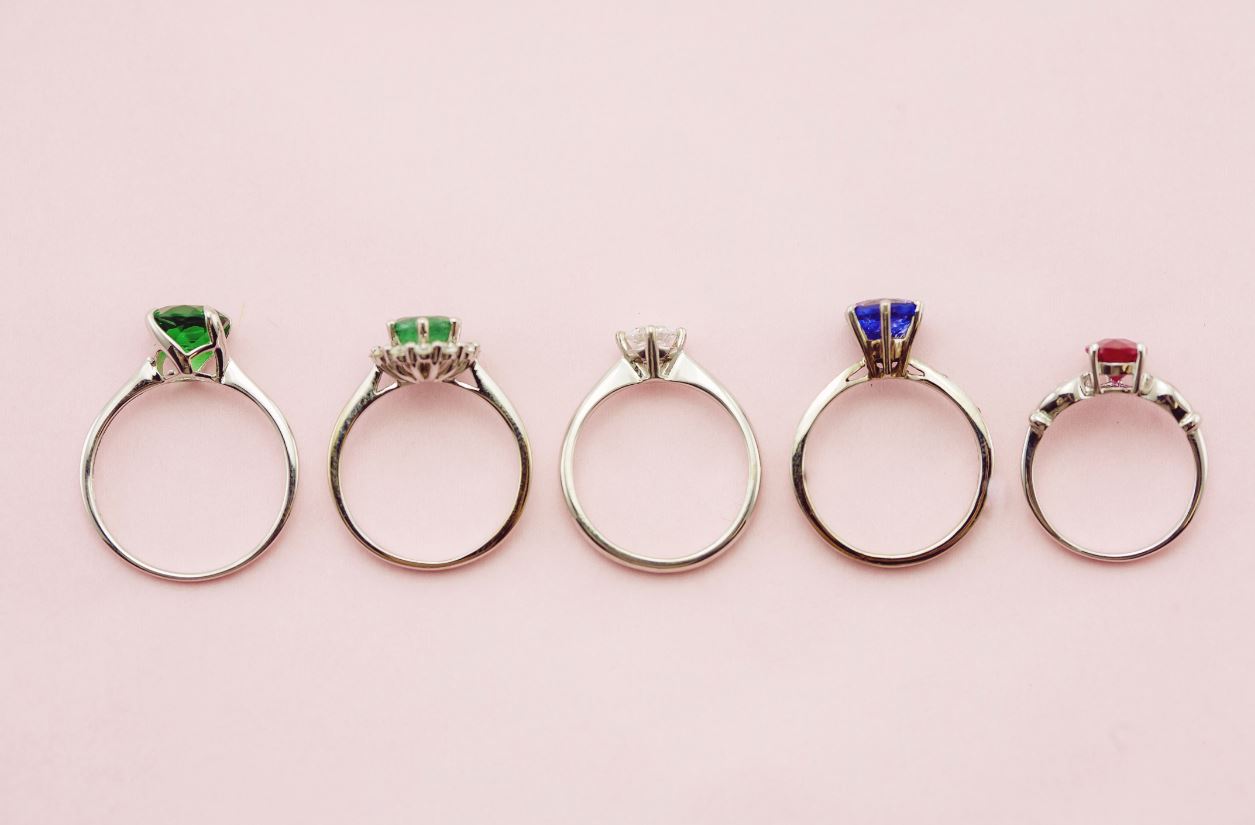Measuring Value – All That Glitters Isn’t Necessarily Gold
The Five Gold Rings might be the most expensive of the gifts listed in the carol, but does that mean they’re the most valuable? Not necessarily. It depends on how you measure value.
The traditional 12 days of Christmas might not start until the 26th of December. But this festive season, we’ll be bringing you the 12 days of procurement Christmas in the run up to the big day. Catch up with the story so far on the Procurious Blog.
“On the fifth day of Christmas, my true love gave to me…five golden rings.”
In 1982, the late, great Irish actor and singer Frank Kelly released a hit single called “Christmas Countdown”. The song is a parody of the 12 Days of Christmas, where the hapless narrator writes a series of thank-you letters to his over-indulgent true love, getting increasingly frantic as each day passes.
As his small home fills up with various aggressive birds (doves and geese in the living room, swans in the bathtub), he and his elderly mother become overwhelmed with the noise, the smell, and the veterinary bills.
By the time the maids-a-milking, drummers drumming and lords-a-leaping add to the pandemonium, the singer’s letters have turned from thanks to abuse, and his mother has been taken to a home for the bewildered.
But, amongst all the inappropriate gifts of birds and musicians, there’s one gift that makes him pause.
“Your generosity knows no bounds! Five gold rings! When the parcel arrived I was scared stiff that it might be more birds, because the smell in the living-room is atrocious. However, I don’t want to seem ungrateful for the beautiful rings.”
Finding Gold Among Feathers
As procurement professionals, we often need to take a step back and look at the true value of the product or services we’re procuring. Below we’ll take three different approaches to the measurement of value – according to price, utility, and cultural value.
Value Based on Price
To be clear, judging the value of an item based on price alone is not good procurement practice. It’s a gross oversimplification of the concept of value. But sadly, it’s still an ingrained way of thinking for many practitioners.
If you want a chuckle in the lead-up to Christmas, check out PNC Wealth Management’s “Christmas Price Index”. The Index totals up the cost of the 364 gifts (including all the repetitions) listed in the carol. The total cost is a staggering $156,506.88 for 2016, which is a rise of 0.7 per cent over last year.
The tongue-in-cheek economic indicator pulls its prices from a range of local sources, including a Philadelphia nursery for the pear tree, a local jeweller for the golden rings, and the Pennsylvania musicians’ union for the drummers’ wages.
Value Based on Utility
The 18th-century mathematician and physicist Daniel Bernoulli hit the nail on the head with this memorable quote: “The value of an item must not be based on its price, but rather on the utility it yields.”
Apart from the potential egg yield of the three French hens and six geese a-laying, the only other material return to be had from this gift bonanza would be quite a lot of milk from the eight maids a-milking and, possibly, a few pears. All the other gifts have little to zero utility, but do have significant cultural value.
Cultural Value
This carol is packed with cultural value. There’s atheistic value in the ornamental birds, sentimental value in the golden rings, and artistic value in the performing musicians.
Think about some of the goods and services you’ve procured for your organisation. Which ones have had cultural value? Cultural value tends to attract a price premium, but often pays off in raising customer perception of your brand.
From the Value Experts
According to the experts, organisations are also increasingly using the concept of value to define their strategies. Alex Kleiner, General Manager, EMEA at Coupa, explained more at Big Ideas Summit 2016:
Different companies will view value in different ways. This concept of Value-as-a-Service takes in everything from usability, to lives saved, and everything in between. It’s down to each individual organisation to decide how to measure this.
From a procurement point of view, it’s also good to remember that we shouldn’t be constrained by one particular definition. All that glitters isn’t necessarily gold. The profession just needs to define the stakeholder needs, and go from there.
While value might be difficult to define as one concept, we like to think procurement is worth its weight in gold. But can the profession survive in its current form? Or will the golden goose meet its end? Find out tomorrow.
